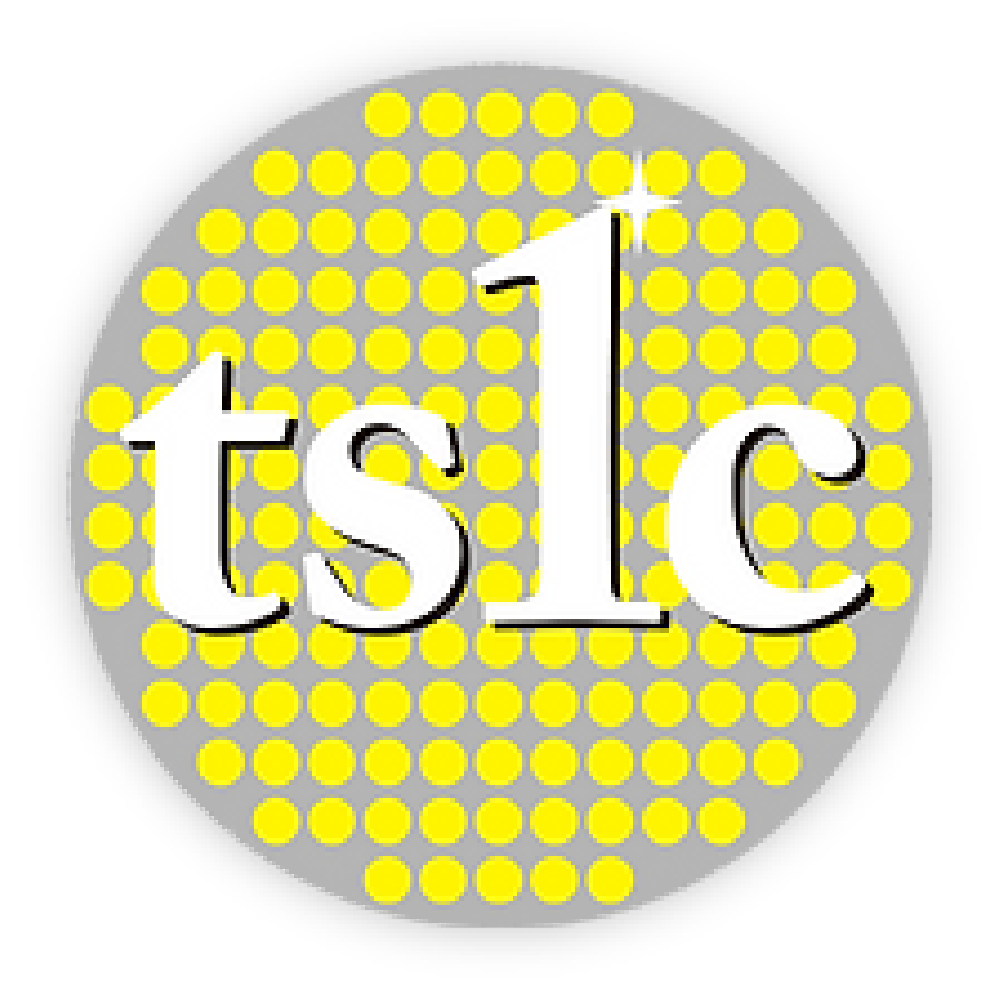How to Choose the Right UVC Germicidal Lamp
Ultraviolet-C (UVC) germicidal lamps have emerged as critical tools for disinfection in medical, residential, commercial, and industrial settings. They inactivate pathogens by disrupting their genetic material, thereby preventing the spread of infectious diseases. But choosing the right UVC solution requires not just technical understanding—it also increasingly demands a focus on environmental sustainability, social responsibility, and good governance practices, collectively known as ESG criteria.
How UVC Radiation Works to Inactivate Microorganisms
DNA and RNA Disruption
UVC radiation, particularly within the 200–280 nm range, is highly germicidal. It damages the nucleic acids of bacteria, viruses, and fungi by forming cyclobutane pyrimidine dimers (CPDs) and 6–4 photoproducts, which deform DNA strands and block replication. This prevents the organism from reproducing or infecting a host.
Scientific support: A 2012 review published in Photochemistry and Photobiology (PMC3292282) confirmed the mechanism of UVC-induced DNA disruption and its sterilization effectiveness. The FDA and CDC also acknowledge UVC’s efficacy against coronaviruses and other pathogens.
Oxidative Damage
In addition to direct DNA disruption, UVC exposure leads to reactive oxygen species (ROS) production, which damages cell membranes and proteins, hastening cell death.
Key Application Areas: Surface, Air, and Water Disinfection
UVC lamps are versatile and widely used in various disinfection domains:
1. Surface Disinfection
Hospitals, labs, and food facilities deploy UVC devices for surface sterilization—targeting desks, instruments, and packaging without chemicals. Handheld wands and automated UVC robots have been adopted in response to the COVID-19 pandemic to ensure regular decontamination.
2. Air Disinfection
UVC fixtures in HVAC systems and upper-room air disinfection units sanitize circulating air. This is particularly beneficial in schools, office buildings, and public transit, significantly reducing airborne disease transmission.
3. Water Disinfection
Municipalities and commercial systems use UVC in water treatment to neutralize microbes without altering water chemistry. UVC is also popular in aquaculture and beverage production, where purity is essential.
Resource: UVO3 Ltd. outlines specific applications in water systems, noting UVC’s effectiveness against Giardia and Cryptosporidium, which are chlorine-resistant. (uvo3.co.uk)
Comparing Mercury Vapor Lamps and UVC LEDs
The two main technologies used for UVC germicidal purposes are low-pressure mercury vapor lamps and UVC LEDs. Each has distinct technical and ESG implications.
Mercury Vapor Lamps
| Pros | Cons |
| High UVC output (254 nm) | Contains toxic mercury – environmental hazard |
| Lower initial cost | Longer warm-up time |
| Well-established technology | Larger form factor and fragile glass tubes |
| High reliability | Requires careful disposal to meet hazardous waste laws |
Environmental ESG Concern: Mercury vapor lamps pose serious ecological risks. Improper disposal contaminates ecosystems, and mercury is listed in the UN Minamata Convention as a dangerous pollutant. Organizations with strong ESG commitments are beginning to phase out mercury-based products.
UVC LEDs
| Pros | Cons |
| Mercury-free – environmentally safer | Higher upfront cost |
| Instant-on performance | Lower output per LED unit |
| Compact, durable, and energy-efficient | Shorter lifespan (though improving) |
| Customizable wavelength targeting | Currently less common in industrial-scale systems |
ESG Advantages:
- Environmental: No toxic materials, lower energy consumption, and recyclable packaging.
- Social: Safer for operators due to low heat and shatterproof design.
- Governance: Compliant with increasingly strict waste disposal and RoHS (Restriction of Hazardous Substances) regulations in the EU, Japan, and other ESG-aware jurisdictions.
Industry trend: According to LEDinside, UVC LED market adoption is growing rapidly, especially in Asia-Pacific, driven by demand for eco-friendly alternatives (ledinside.com).
How to Choose the Right UVC Germicidal Lamp
Key Questions to Consider:
- Application Area
- For industrial water or large-area air treatment, mercury lamps may offer better value due to higher output.
- For personal devices, portable air purifiers, or medical cabinets, UVC LEDs offer compact, safer, and greener solutions.
- ESG Priorities
- Companies with sustainability goals or operating under ESG-driven governance (e.g., in healthcare or food tech) should strongly consider switching to UVC LEDs.
- Mercury-based solutions may jeopardize ESG ratings due to hazardous material handling.
- Regulatory Environment
- In regions such as the EU or California, products containing mercury face bans or heavy restrictions.
- RoHS-compliant LED options offer smoother compliance and future-proofing.
- Budget & Lifecycle Costs
- While UVC LEDs may be pricier upfront, their energy efficiency, maintenance-free operation, and compliance benefits can reduce total cost of ownership.
ESG in Action: Examples of Responsible Adoption
- Airlines and Airports are adopting UVC LEDs in seat sanitation devices and tray cleaning robots to align with net-zero goals.
- Hospitals in Japan and Korea are switching to LED-based UV disinfection to meet local green procurement rules.
- Consumer brands such as LG and Philips have launched UVC LED-based products to promote safe, mercury-free disinfection in homes.
Conclusion
Choosing the right UVC germicidal lamp isn’t just a technical decision—it’s a strategic one. While mercury vapor lamps remain effective and cost-efficient for legacy systems, UVC LEDs represent the future: safer, greener, and more adaptable. With growing emphasis on ESG practices globally, LED-based solutions align better with long-term environmental, social, and regulatory goals. As the technology matures, the case for LEDs becomes not just about performance—but about responsibility.
